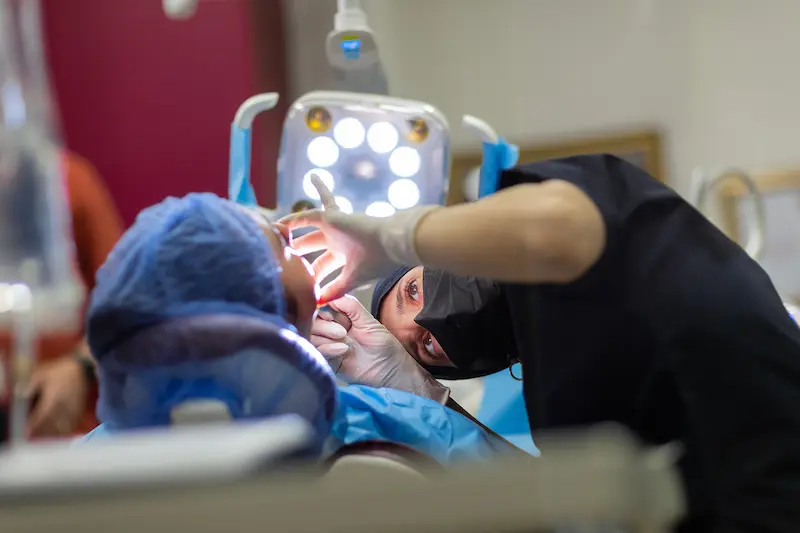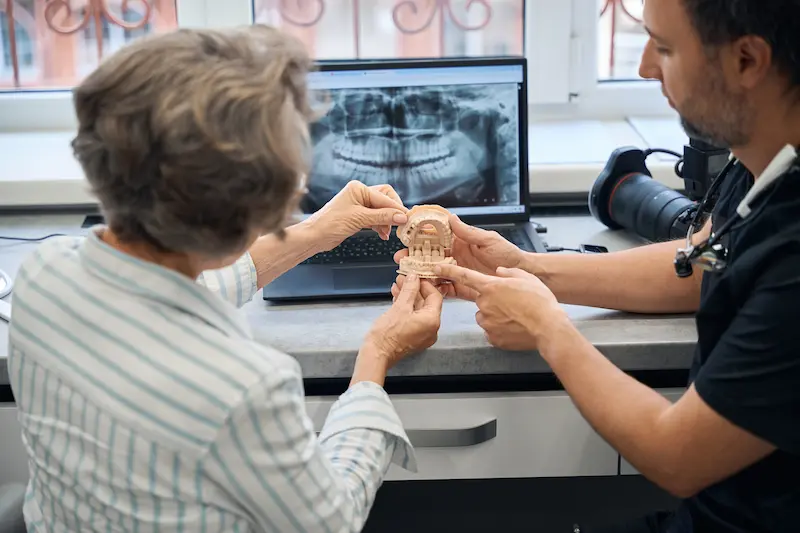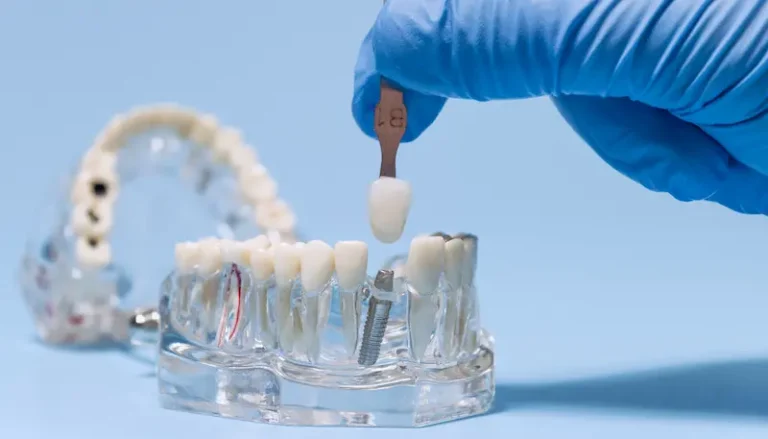When it comes to restoring your missing teeth, dental implants are often the most effective, durable, and natural-looking solution. However, one crucial step in the dental implant process that you may not be aware of is bone grafting, a necessary procedure for patients who have insufficient jawbone density. Below, we share what bone grafting is, why it’s sometimes needed for dental implants, and what to expect if you have this procedure.
What Is Bone Grafting?
Bone grafting is a surgical procedure used to restore or rebuild bone in areas of the jaw that have been damaged or weakened due to injury, disease, or the loss of teeth. It involves transplanting bone material (either from your own body, a donor, or synthetic sources) into areas where bone loss has occurred. If you’re currently missing teeth and it’s been a while since you lost them, the bone in your jaw may have deteriorated. The amount of loss will dictate whether bone grafting is needed for a sufficient restoration and solid base for dental implants.
Why Is Bone Grafting Necessary for Dental Implants?
The goal of bone grafting is to make your jawbone strong enough to support the posts that dental implants need to stay secure.
A successful grafting procedure will:
- Increase bone volume. This provides a secure foundation for your dental implants.
- Restore function. Healthy bone density provides strength and stability for long-term implant success.
- Improve aesthetics. In some cases, bone grafting can enhance the shape and appearance of the gums and teeth, giving patients a more pleasing smile.
Ultimately, bone grafting is meant to help your implants function like normal teeth, so that you can eat, speak, and smile with ease.
Types of Bone Grafting for Dental Implants
There are several types of bone grafting techniques that may be applied based on your individual case. These techniques are influenced by the location and severity of bone loss, as well as the type of materials available. The three most common types of grafts are autografts, allografts, and xenografts.
1. Autografts
Autografts involve taking bone from one part of your own body (usually from the chin, jaw, or hip) and transplanting it into the area where bone loss has occurred. This is considered the most ideal type of graft because it uses your own tissue, so the risk of having your body reject it is very low. Autografts promote fast healing and integrate well with the surrounding bone.
2. Allografts
Allografts involve using bone from a donor, typically harvested from cadavers. This type of graft is recommended when there is insufficient bone available from your own body to use for the procedure. Donor bone is carefully sterilized and processed to minimize the risk of disease transmission. Allografts are a popular choice because they eliminate the need for a second surgical site to harvest the bone, making this procedure less invasive to you.
3. Xenografts
Xenografts use bone from animals, usually bovine (cow) sources, to promote jawbone growth. Similar to allografts, this bone is also processed to ensure safety for human application. While xenografts can be a reliable option for many patients, they may not be as ideal as autografts or allografts due to lower biological compatibility, a higher risk of immune response, slower integration with bone, and potentially less long-term stability.
4. Synthetic Bone Grafts
Synthetic bone grafts use man-made materials that are often derived from biocompatible substances like calcium phosphates. These are beneficial to patients who do not have access to adequate bone from their own bodies or donors. They also have a low risk of disease transmission since they are not comprised of living tissue.
The Bone Grafting Procedure
Bone grafting is typically performed as part of the dental implant surgery process. Depending on the extent of bone loss, it can be done either at the same time as the implant surgery or as a separate procedure.
At The Foleck Center, this is the process you can expect as we develop your grafting solution.
- Consultation and Evaluation. First, we’ll evaluate your jawbone’s condition through digital X-rays and 3D scans to determine the amount of bone you have and what type of grafting procedure is needed.
- Preparation and Anesthesia. Before surgery, we’ll administer local anesthesia to numb the area. If your procedure is extensive, you may be given sedation or general anesthesia for your comfort.
- Bone Grafting Procedure. During the actual procedure, bone material will be placed into the areas of the jaw where loss has occurred. The gum tissue is then carefully closed, and the graft will begin to integrate.
- Healing. Once surgery is complete, the bone will need time to fuse with your body. This process can take several months, depending on the type and amount of grafting used.
- Dental Implant Placement. Once the bone has fully healed and integrated, you can move forward with dental implant surgery. This is when posts will be placed into the newly restored bone, after which the healing process will continue.
Recovery and Aftercare
Recovery after bone grafting is generally straightforward, and requires some care to ensure proper healing. Most patients can return to their normal activities within a few days, but it’s important to follow your dentist’s instructions to avoid any potential complications.
Here are some tips we recommend for a smooth recovery.
- Follow post-operative instructions. These include advice on how to care for the surgical site, eating soft foods, and avoiding strenuous activity.
- Pain management. Some discomfort is normal after the procedure. Over-the-counter pain relievers or prescribed medication can help manage it.
- Keep the site clean. Proper oral hygiene is crucial, but be gentle around the surgical site to avoid damaging your graft.
- Attend follow-up appointments. These visits allow us to monitor your healing progress, verify that your body is accepting the graft, and that all aspects of your jaw appear normal.
Why Choose The Foleck Center for Bone Grafting and Dental Implants?
We specialize in bone grafting and dental implant surgery, and have been providing patients with the most advanced care and the best possible outcomes in the Norfolk area for over 20 years. Whether you’re in need of a single implant, a full arch replacement, or jawbone restoration, our team of specialists is here and ready to help you.
Schedule Your Consultation Today!
If you’d like to learn more about our processes for bone grafting and dental implants, we’d love to hear from you! Schedule a consultation today, either online or by calling us at 800-800-8000.





